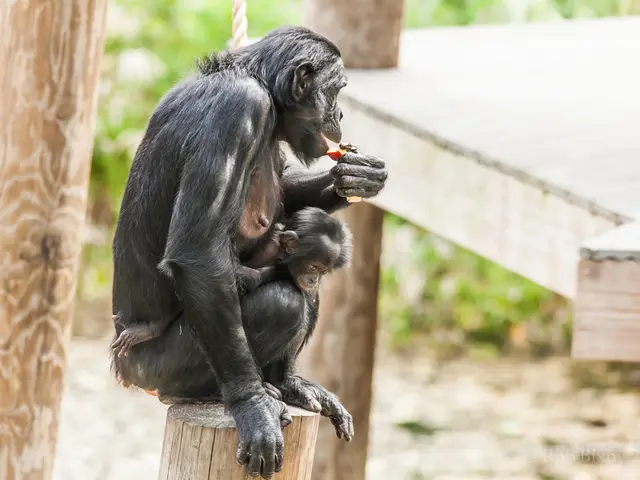Hot Air Balloon Crash in Aksaray, Turkey
Crash of hot air balloons in Turkey claims one life
In a heartbreaking turn of events, a hot air balloon crash occurred in Turkey's Aksaray province, leaving one pilot dead and 19 Indonesian tourists injured.
The grim incident unfolded during a flight that ascended from the famed Ihlara Valley, a Cappadocia region hotspot attracting tourists from across the globe. The unfortunate accident was a result of strong winds, forcing the pilot to execute a hard landing. Tragically, the pilot got tangled in ropes, plummeted underneath the balloon basket, and met his end.
Factors Leading to Hot Air Balloon Mishaps
Mishaps like the one in Aksaray can be attributed to various factors, such as:
- Weather Conditions: Unforeseen weather changes, including sudden wind fluctuations, can interfere with the balloon's stability, paving the way for accidents.
- Collisions with Power Lines: These accidents often occur due to human error or navigation issues, with balloons colliding with power lines and catching fire or grievously damaging their structure.
- Pilot Error: Inexperience, misjudgments regarding weather conditions, or failure to maintain safe distances from obstacles can contribute to accidents.
- Mechanical Failures: Although uncommon, equipment malfunctions can lead to loss of altitude control, or even a crash.
Ensuring Safety in Cappadocia
To minimize the occurrence of such calamities, safety measures have been established at popular destinations like Cappadocia. These include:
- Weather Monitoring: Weather forecasting plays a crucial role in avoiding flights during unfavorable conditions, and pilots should be vigilant about potential wind shifts and other weather factors.
- Pilot Training: Highly-trained, experienced pilots are essential for handling emergencies. Regular training and certification programs help maintain safety standards.
- Regular Maintenance: Routine checks of balloon equipment can avert mechanical failures. This involves inspecting burners, baskets, and parachutes for signs of wear or damage.
- Safety Briefings: Comprehensive pre-flight safety briefings must be provided to passengers, encompassing emergency procedures and the use of safety equipment.
- Emergency Response Plans: Quick access to medical services and rescue teams is vital in times of emergency. Efficient response protocols can drastically lessen the impact of such mishaps.
Improving Safety in Cappadocia
Cappadocia's allure for tourists stems from its unique landscape offering unparalleled views, but safety must also remain a priority:
- Tightened Regulations: Authorities should enforce stricter regulations on pilot qualifications, balloon maintenance, and weather conditions for flights.
- Public Awareness: Raising public awareness about safety procedures and adhering to pilot instructions is essential.
- Integration of Technology: Utilizing advanced technology for weather forecasting and balloon tracking can aid in preventing accidents.
By implementing these measures, the thrill and beauty of hot air ballooning in Cappadocia can be preserved, while maintaining safety for all tourists.
In the efforts to enhance safety and minimize accidents in Cappadocia's hot air balloon rides, authorities could consider tightening regulations on factors such as pilot qualifications, balloon maintenance, and weather conditions for flights. It's also crucial to raise public awareness about safety procedures to ensure passengers adhere to instructions during their journeys. Furthermore, the integration of advanced technology for weather forecasting and balloon tracking could aid in preventing future mishaps.
The recent hot air balloon crash in Aksaray was a grim reminder of the potential dangers that can arise during travels, highlighting the need for general-news outlets to cover such incidents in order to educate the public about the factors that can lead to accidents (weather conditions, collisions with power lines, pilot error, and mechanical failures) and the safety measures being taken to minimize their occurrence.








